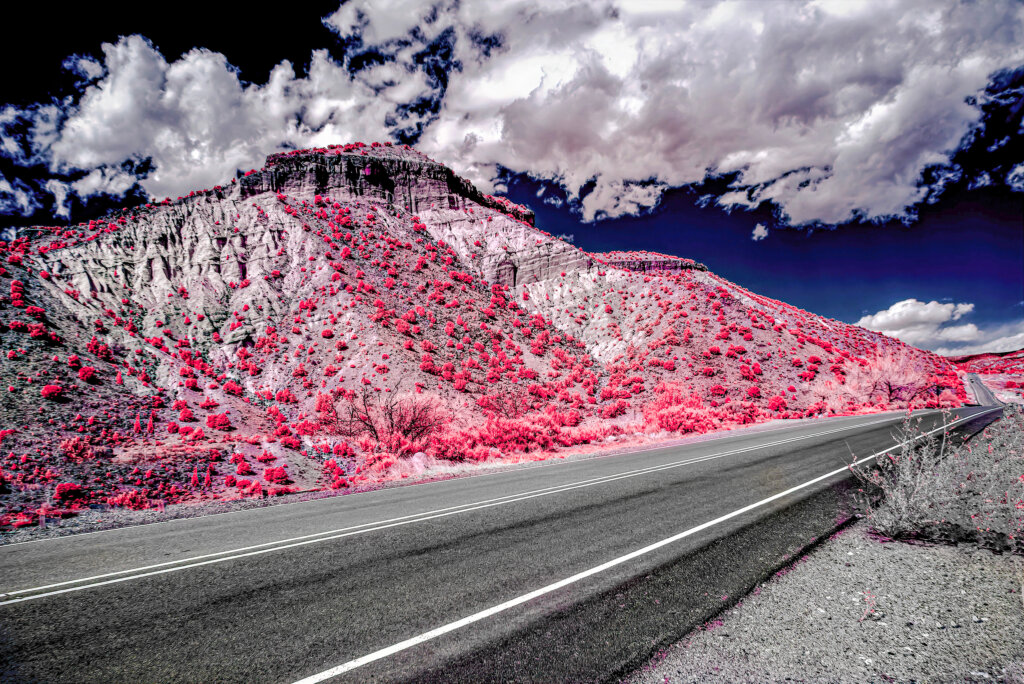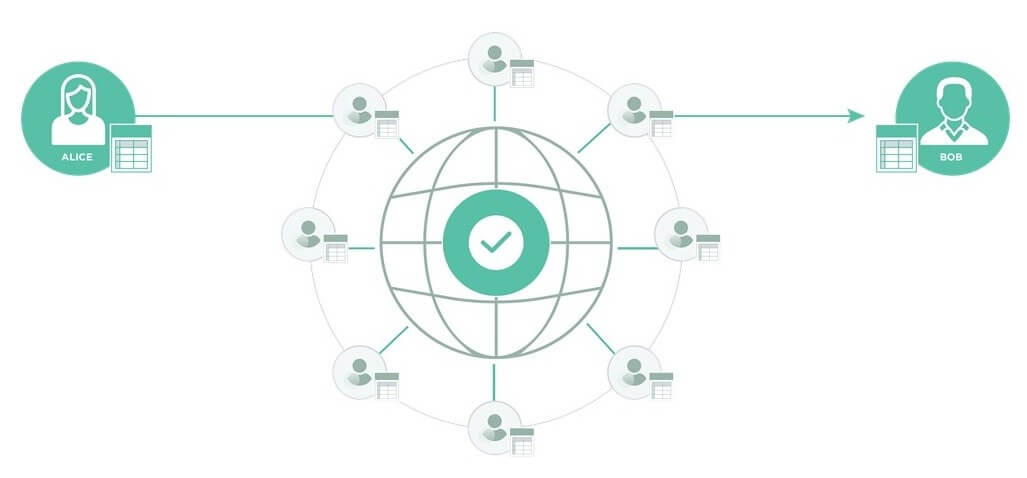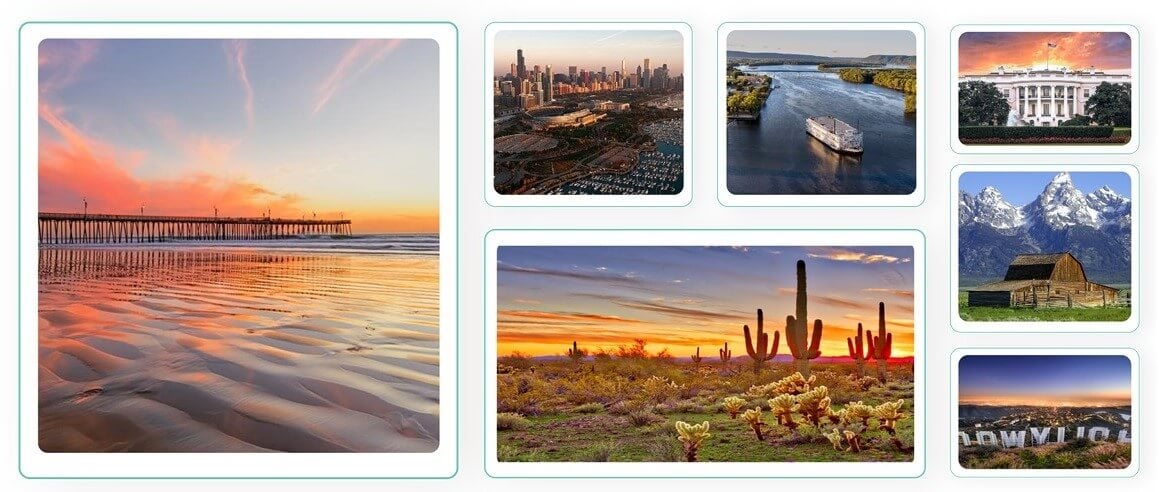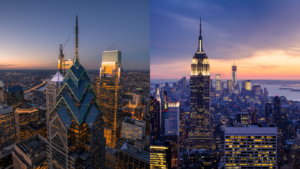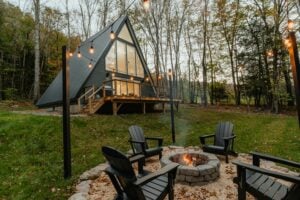The world of real estate is evolving rapidly, and it’s important for real estate professionals and photographers to stay up to date on the technological advancements in the industry. One such innovation relates to the usage of non-fungible tokens (NFTs). This emerging digital technology allows photographers to solve several crucial issues in real estate image ownership.
This post is your guide to the real estate industry’s challenges regarding photography and how NFTs can help. So, let’s dive in.
What are NFTs?
Non-fungible tokens, popularly known as NFTs, are digital tokens created on the blockchain, just like cryptocurrencies. However, unlike cryptocurrency, each NFT is non-fungible, meaning each token is unique or one-of-a-kind in the world.
Each token represents the ownership of a specific digital file like a photo or video. Ownership of the token is publicly verifiable in the most secure database known on planet Earth – the blockchain. This means that once an individual buys an NFT, it becomes the individual’s unique asset, and only that person can claim ownership of it.
Think of the blockchain as a network of servers that each store a digital ledger. This ledger keeps track of transactions on the network, including who has bought and sold each NFT. Blockchain technology is decentralized and distributed, making it an incredibly difficult system to hack into because the ledgers are not controlled by any one person or company. Hacking into one part of the system does not affect the other parts, Each ledger in the network must match and be validated by the others before a transaction can be recorded.
Examples of NFTs
The Bored Ape Yacht Club is one of the most popular digital art collections being sold as NFTs:
CryptoPunks and CryptoKitties are other early projects and typically credited with starting the NFT craze:
But what is stopping someone from right-clicking on these images to download the file or take a screenshot? The simple answer – nothing. Anyone can steal a JPG. But, it’s near impossible to steal the NFT recorded on the blockchain that proves rightful ownership of that image. This means there is no resale value for the stolen image, and the perpetrator has no usage rights.
AI-powered apps like Pixsy.com, which helps locate image theft online, help further protect the rights of artists and NFT owners. Ultimately, as NFTs become more mainstream, social pressure will discourage those who steal images and encourage everyone to properly acquire their digital assets.
Many NFT projects include other utilities for their NFT owners, in addition to owning the art itself. For example, some NFTs are being used as in-game assets. In some cases, buyers have the option to stake an NFT in exchange for an associated cryptocurrency. Bored Ape Yacht Club has even organized real-world meetups for its members. Community building and social status symbols certainly play a role in the NFT culture.
Real Estate Photography and NFTs
There are several challenges in the real estate photography industry that NFTs can help solve. Let’s explore it further.
Who Owns the Photos?
Ownership of photos in real estate has been a burning question for a while now. A few years back, Zillow was sued for $81 million by a real estate photographer for using real estate images without authorization. Recently, Zillow was ordered to pay nearly $2 million because of a copyright infringement case involving real estate photography. Similarly, there have been other court rulings that say photographers own the copyrights for their artwork and only provide usage rights to the listing agents.
As a result, lawyers are now asking photographers to sign contracts forfeiting their rights to the photos. NFTs can help resolve this issue by providing a clear transfer of photograph ownership. Lawyers do not need to get involved.
By using NFTs, real estate photographers can deliberately and transparently deliver digital usage rights to their customers without the need for any legal contracts. Buyers can then use the image exclusively for their marketing without any legal or licensing issues.
A Secondary Market Emerges
Another issue faced by real estate photographers is having no passive or recurring income stream. If you are a photographer working in the real estate industry, you will only get a one-time payment for a photoshoot, and that is it.
However, NFTs provide a perfect solution to this problem. Real estate photographers can monetize their portfolios and create a passive income stream by receiving royalties when their images are sold to new buyers.
There is no limit on how many times you can sell an NFT. Photographers will solely decide the amount of royalty (1-10%) when creating an NFT, and then a smart contract will execute the instructions automatically.
Think of a business owner who needs an image of downtown Chicago for a new marketing campaign. They can purchase an NFT, use the image for a specific period of time, and then resell the image to another buyer after their marketing campaign is complete. In this example, the photographer would get paid for the original sale, but would also receive a royalty of up to 10 percent of the second sale.
Recurring revenue is a new pathway for real estate photographers to access the pool of wealth locked in their digital assets. Now, photographers can get paid every time someone sells their images.
Best Images to Sell as NFTs
The best photos to sell as NFTs are destinations in the public domain, such as historical landmarks, streetscapes, downtown areas, commercial hot spots, parks and beaches.
Ask yourself this question: If someone lives in a city or a town and can own one single image that best describes where they live, what image would that be?
In the existing model, these types of images would typically get sold by large, centralized corporations (e.g., Shutterstock, Getty Images) in the form of “stock images.” The problem is stock images are not unique in any way. The exact same image is sold over and over again to many different people. Most often, the money earned from these sales go to the corporation and the photographer does not receive any income after the initial shoot.
NFTs provide an alternative to stock images since each image is unique and sold to one buyer. If the NFT is resold, royalties flow back to the original photographer. The old, legacy stock image model can change to become a completely decentralized “Web3” solution powered by NFTs with all financial benefits going back to the photographers.
How to Create and Sell NFTs of Real Estate Photos
If you are an agent or photographer working in the real estate industry, HomeJab can help convert your photos into NFTs and promote your sale to buyers on our online marketplace. Consumers and businesses can also hire a HomeJab photographer to shoot a specific location as an NFT when the image or video is not currently available on our marketplace.
As an added service, HomeJab also will provide professional framing services to anyone who owns an NFT. This will give you a chance to display the one-of-a-kind image in physical form as well as own the digital NFT.
Contact our team about how we can help introduce your real estate business to NFTs.

